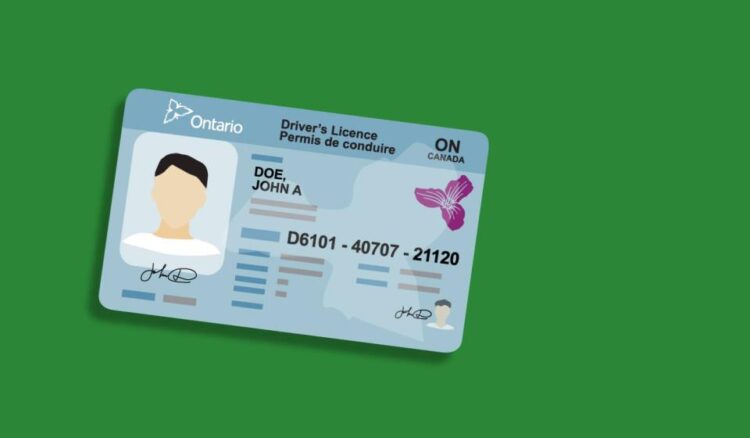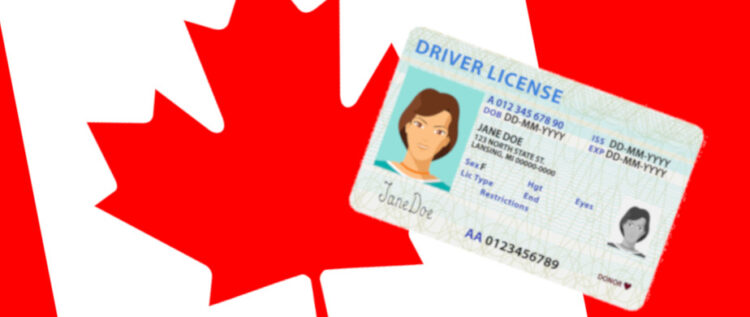Moving to another country is both an exciting and stressful thing to experience. You are moving from the surrounding you’re well aware of, and you’re about to face something completely unknown to you. It doesn’t matter what sort of perspective you have, these two factors will be present.
One of the most significant factors you need to pay attention to is applying for a local driver’s license. For instance, we will say that you immigrated to Canada from India. There are many reasons why someone would like to obtain a Canadian driver’s license, but the main one is finding the work.
Naturally, the process will be significantly easier in case you already have a license from your native country, in this case, India. In any case, we would like to guide you through this process, by providing you with an insight into even the smallest of details. Let’s take a look at a couple of crucial tips.
Table of Contents
1. Can You Use Your Local License?
If you have just entered the country, and you are immediately in need of a job, you should fear too much. The reason is that Canada provides you with the possibility to use your country’s license for up to three months. The exact limitation will depend on the province you have moved to.
That way, you will have enough time to work, and still obtain a Canadian driver’s license. Of course, you should pay attention to the local legislation in the province. By doing that, you will have a rough idea of the possibilities you will have in front of you. However, there’s a catch.
People who come from countries where they drive on the right side of the road will surely need some time to adapt to the new conditions since Canadians drive on the left side. Since we’ve taken Indian immigrants as an example, they will not have any problems with adapting to these rules.
2. What to do Before You Apply?

When it comes to things you should do before you apply, you will see that there are a couple of them. The first one is getting familiar with some unique road signs. No matter what country you come from, even India, it is obvious that some of these will differ from what you are used to.
Next, we would advise you to apply for an international driver’s permit before you leave your country. That way, you will have a chance to avoid many problems that could pop up during the translation. Your future license will be solely in English and French. You should keep that in mind.
Another thing we want to point out is to get a copy of the driving history from your country’s licensing institution. It is important because it can have a positive influence on the future of exchanging your existing one with a Canadian one. Of course, this history should be either in French or English as well.
3. Province by Province
We’ve stated that the rules for obtaining a driver’s license rely solely on the province you have moved into. That’s why we want to provide you with the legislation in each of them. We will start with Ontario. What separates it from other ones is that the time for using foreign licenses for two months.
In case you are applying for a driver’s license in Ontario state, you must pass their G1 practice test, which is an online based driver knowledge test. This test consists of different road rules and driving signs. Next, Alberta province requires you to provide a couple of documents, like proof you live in Alberta, the current license, and proof of residence in Canada, to complete the process. In some situations, you will need to conduct the test.
British Columbia has rather interesting legislation. You can get a local license immediately if you come from certain countries like New Zealand, France, the United Kingdom, Japan, the United States, and Germany. So, Indian immigrants will need to go through a somewhat more complicated procedure.
4. Different Classifications

Before you actually conduct the test, you need to take a look at different classifications of a driver’s license. If you want the one that lets you drive basic cars, you should look at the G or G1 classification. However, if your future job position requires you to drive some other type of vehicle, then look at some others.
For example, if you are about to drive a tractor-trailer, the one you should look at is class A. Class C makes it available to you to drive busses. Class E makes you eligible to work as a school bus driver. Therefore, make sure you understand these before you make an application for a license.
5. Passing the Test
The final thing we want to talk about is passing the actual test. In most provinces, you will see that this procedure usually consists of a written exam. However, the number of road tests differs from province to province. In some of them, you will need one of them, and in some other situations, you’ll need two.
At the same time, a vast majority of the province’s procedure has the form of a graduated licensing system. Therefore, every applicant should complete the procedure in order to get up to the next level of a driver’s license. It lasts for up to five years. After that, the owner will need to renew it.
Before you conduct the test, you will be required to pass an eyesight and health test. What needs to be said is that booking the date for passing this test could take up to two months in advance. The reason is that the procedure is exactly the same both for immigrants and locals.
In Conclusion

Since being an immigrant is not something we would describe as easy and pleasant, you will need to invest in best efforts into acclimatizing yourself to the new conditions. Here, you can take a look at one of these aspects, obtaining a driver’s license, which is an absolute must. We are certain that you will find this sort of insight quite helpful on your journey.
